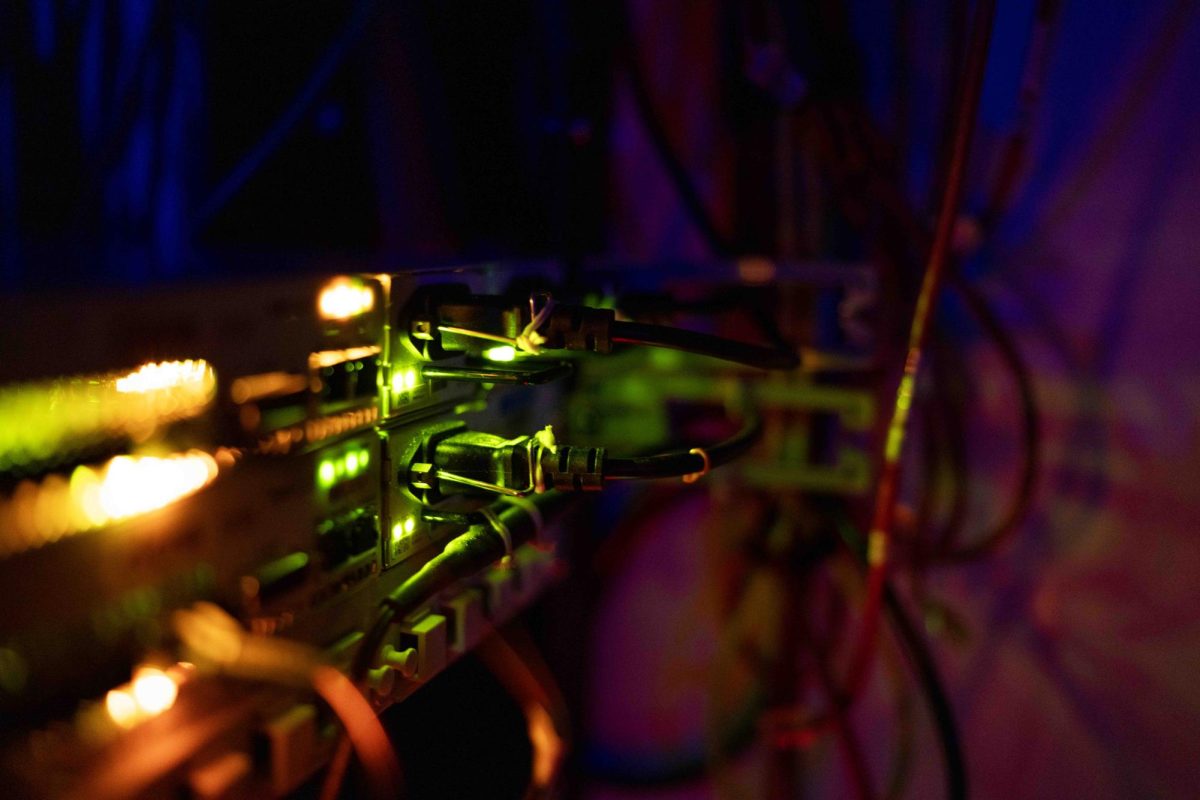Quantum Teleportation was first achieved in the 1990s, demonstrating that information could be teleported from one location to another, granted the two locations are entangled, Johannes Rydberg Professor of Physics and Wisconsin Quantum Institute Director Mark Saffman said.
The limiting factor of this discovery was the information transfer required specialized fibers, Saffman said.
Recent achievements by Northwestern University researchers, led by Professor Prem Kumar, showed quantum teleportation is possible over optical fibers carrying internet traffic, according to the study. The achievement required significant technical work and pushed a boundary toward more accessible use of quantum computing, Saffman said.
“What quantum teleportation provides is something magical, but it is not teleportation of material,” Saffman said. “It is the teleportation of information.”
Though the utility of quantum teleportation and computing is limited, efforts are being made to further the reach of such technologies.
The biggest distinction between quantum computing and more accessible technologies such as artificial intelligence, is the type of information feeding and processing. Quantum computing is suited for problems that do not need extensive data but require large amounts of computation, while classical computers are based almost entirely on data and very little computation, Saffman said.
“The fact that you can use existing fibers that are also carrying classical data [is significant],” Saffman said. “Economically, you do not have to lay new dedicated fibers … you can just use existing worldwide infrastructure.”
Development within quantum teleportation creates a path toward quantum computing over large distances, Saffman said. Linking quantum computers through quantum teleportation allows for data transfers between these computers.
Quantum computing is not simply a more powerful version of supercomputers — it provides a distinct utility for research and development, Saffman said.
According to Saffman, quantum computing provides a system that can solve incredibly specialized problems.
“There are still important problems that even our best supercomputers cannot tackle,” Saffman said.
Focus should be put on designing new materials, medicines and chemical processes to be more efficient and reduce energy use, Saffman said.
Saffman and his lab are working on similar research using internet fibers in hopes of achieving quantum teleportation of this nature on campus.
“We are hoping in the next couple of years [to] connect two different departments at UW–Madison, but also to go further afield across town,” Saffman said.


